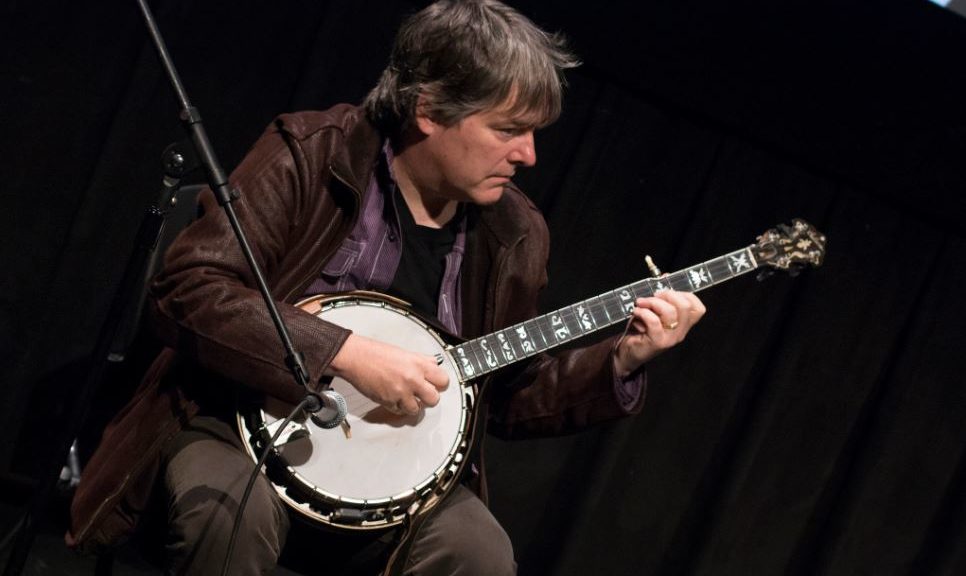
Symphony Restoring Vitality
ROHNERT PARK, CA—Once again, widespread disruptions threw a monkey wrench into the Santa Rosa Symphony concerts, this time from the Kincade Fire.
Once again, evacuations (for 180,000) and power cutoffs forced losing rehearsals, with one of the play-ins, believe it or not, held in a casino out of necessity.
But, as in 2017, the plucky SRS sucked it up, bounced back, and gamely played a slightly curtailed program. The musical reprise toward restoring normal life, full-speed-ahead, proved both moving and inspiring.
“Let our music be the beacon of light,” declared SRS President Alan Silow, telling of the recent buffetings that “touch the common chord in all of us.” An ovation ensued when he said that complimentary concert tickets would go to all the first responders, to “express the feelings and understanding in our hearts.”
The performances, played under duress, have had a therapeutic effect on a battered community subjected to glancing blows, uncertainty and partial evacuations. Musicians were suddenly like tow-truck operators, waiting by their phones to learn where their next rehearsal would occur. The players and conductor Francesco Lecce-Chong rose to the occasion, adding a touching audience singalong “God Bless America” as prelude to the concert we heard Nov. 3.
The SRS capped the concert with a rousing Mussorgsky-Ravel “Pictures at an Exhibition.” This is one of the most colorful-pictorial orchestrations ever created, with Ravel the master colorist featuring piccolo at the top, contrabassoon at the bottom, and in between many solosand rarities including saxophone and euphonium (which is brass, much like baritone horn and Wagner tuba). After Ravel, the multi-hued orchestral spectrum was no longer just red-yellow-blue.
The festive program had begun with the spirited cowboy-western “Hoe Down” from Copland’s “Rodeo” ballet.
New Yorker Béla Fleck is a veteran banjo virtuoso named after the Hungarian composer Béla Bartók, best known for his solo appearances at clubs and recital venues. His long and upbeat career has been tied to the instrument which, while short on feelings and reflection, is masterful in rapid runs by a nimble and accurate player like him—no laid-back strumming here! Fleck is a much better soloist than a composer, as demonstrated in Fleck’s three-movement, 30-minute “Juno Concerto for Banjo,” where the expected jazz inflections were few. His orchestral writing is meager and too reminiscent of Copland’s.
But as a player, Fleck’s fingers can fly like a supersonic jet, providing melodic lines and accompaniment simultaneously, as if in duet. The agility in runs is quite breath-taking, particularly in his cadenza. Perpetuum mobile effects added contrast.
The performances were not without blemish; even the medley encore by banjo virtuosos Béla Fleck misfired when his strings refused to stay in tune.
In his first full season here, Music Director Lecce-Chong demonstrated professional assurance, poise, and baton technique, leading an enlarged orchestra though the thickets of nature in revolt. And, for a parched Northern California that is bone-dry since spring, recurrences are possible until the first rains of the fall, not yet on the horizon. The next concert set awaits on Dec. 7-9 with the Mozart Requiem—-accompanied by incessant drumming of rain on the roof, one would hope.
Santa Rosa Symphony, with banjo soloist Béla Fleck, at the Green Music Center, Sonoma State Univ., Rohnert Park, CA, Nov. 2-4. For SRS info: (707) 546-8742, or go online: www.srsymphony.org.